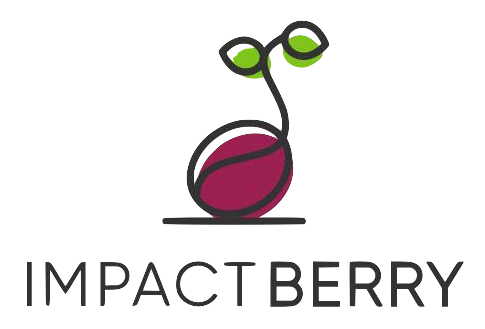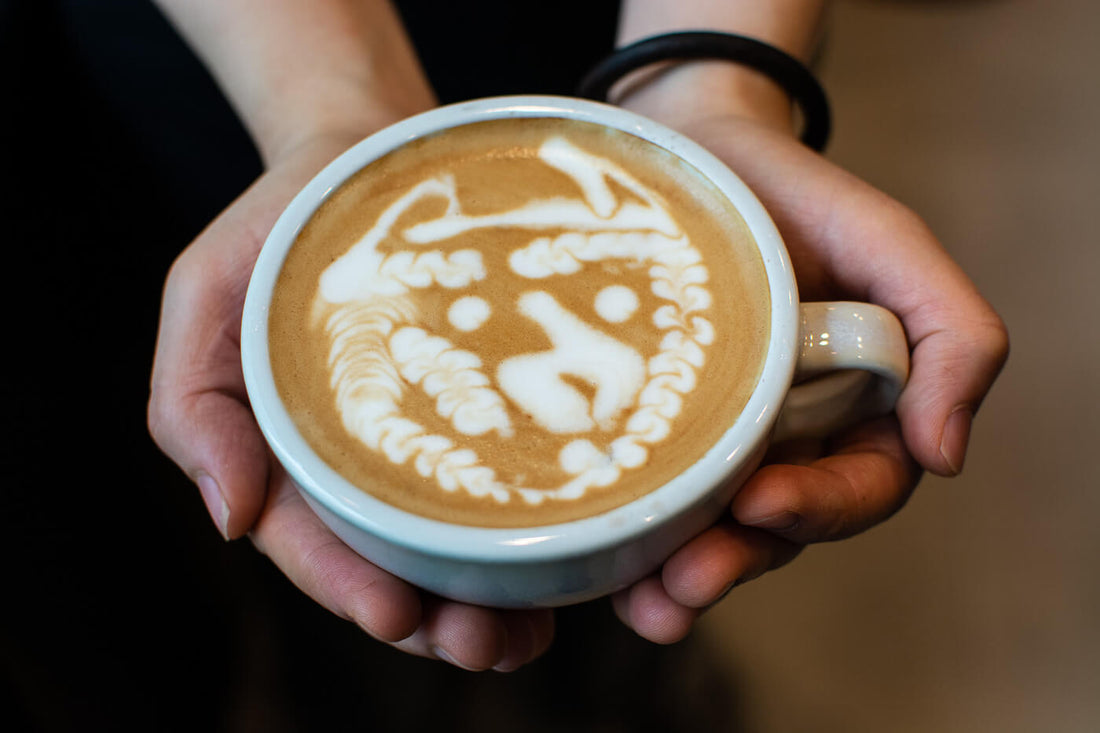It’s easier than ever to brew great coffee at home. While nothing can replace the lively vibe of your neighbourhood coffee shop, becoming your own barista is a fun learning process with (deliciously) gratifying rewards.
Espresso-based drinks dominate the café scene, and for some good reasons – brewing a shot of espresso takes less than a minute and serves as a solid base for an unlimited number of creative coffee beverages. Today, most coffee shops use Arabica coffee beans for their espresso blends, like Impact Berry’s Sweet Viet 100% organic Arabica coffee.
It wasn’t always that way, though. For many people, their first taste of coffee comes from a Robusta-based brew. Like our Wake-Up Call, Robusta coffee beans were more commonly used in older restaurants, cafes, and instant coffee mixes.
Whether you’re a fan of Arabica or Robusta (or a blend of both), it’s essential to know where your coffee beans come from and how your purchase impacts the people who farmed them. That’s why Impact Berry only sources green coffee beans directly from farmers in Indonesia and Vietnam. This is to support agriculture as a sustainable business and ensure the profit goes back to the people who deserve it.
The first step towards turning your kitchen counter into a coffee-making powerhouse is to learn the lingo. Here are the most common drinks on a coffee shop menu and a short explanation on how to make them:
Espresso
An espresso is a concentrated form of brewed coffee where a small amount of water is quickly pushed through a moderate amount of ground coffee in a high-pressure espresso machine. The ratio of coffee grounds to water varies, but a generally accepted ratio is 1 gram of coffee per 2 millilitres of water.
Americano
A combination of espresso and hot water, for a hot Americano, or espresso and room temperature water with ice for an iced Americano. The addition of water dilutes the concentrated espresso shot and turns it into a smoother and softer beverage. In an Americano, the espresso goes into the cup first, followed by water.
Long Black
A long black is made up of the same components of an Americano, but in this case, the water goes into the cup first. Because the espresso follows afterward, the coffee’s oils (or crema) stay mostly intact and float to the top of the drink, creating an extra layer of flavor and complexity in the cup.
Latte
A latte combines espresso with steamed milk. While the milk is steamed, a thin layer of foam forms and rises to the top. While mixing the milk and espresso, the heavier hot milk sinks to the bottom while the lighter milk foam stays on the surface, creating a contrast of brown and white. Talented baristas can pour all kinds of latte art designs with the colors.
Cappuccino
Similar to a latte, a cappuccino is also made up of espresso and steamed milk. However, the layer of milk foam on a cappuccino is denser and thicker than a latte. If you’re a traditionalist, a cappuccino isn’t complete without a dash of cocoa powder on top.
Flat White
Flat whites are popular in Australia and feature the thinnest layer of milk foam out of all the steamed milk coffee beverages. There’s a lot of debate about the milk to coffee ratio of a flat white, with some coffee shops serving the drink with more coffee and less milk. In contrast, others serve flat whites with the same ratios as a latte, to each their own.
Mocha
Chocolate and espresso come together to create the base of a mocha, served with steamed milk. For an extra kick, try using single origin chocolate – you’ll find that the winey or nutty flavors of artisan chocolate pair perfectly with quality coffee beans.
It takes a highly skilled barista to be able to brew a full menu of coffee beverages consistently, efficiently, and hygienically in a coffee shop setting. But as a home barista experiment in your own kitchen, take your time to enjoy the process and discover your own preferences for the perfect coffee. Brewing is equal parts art and science, and there’s not just one right way to brew a delicious cup of joy!

